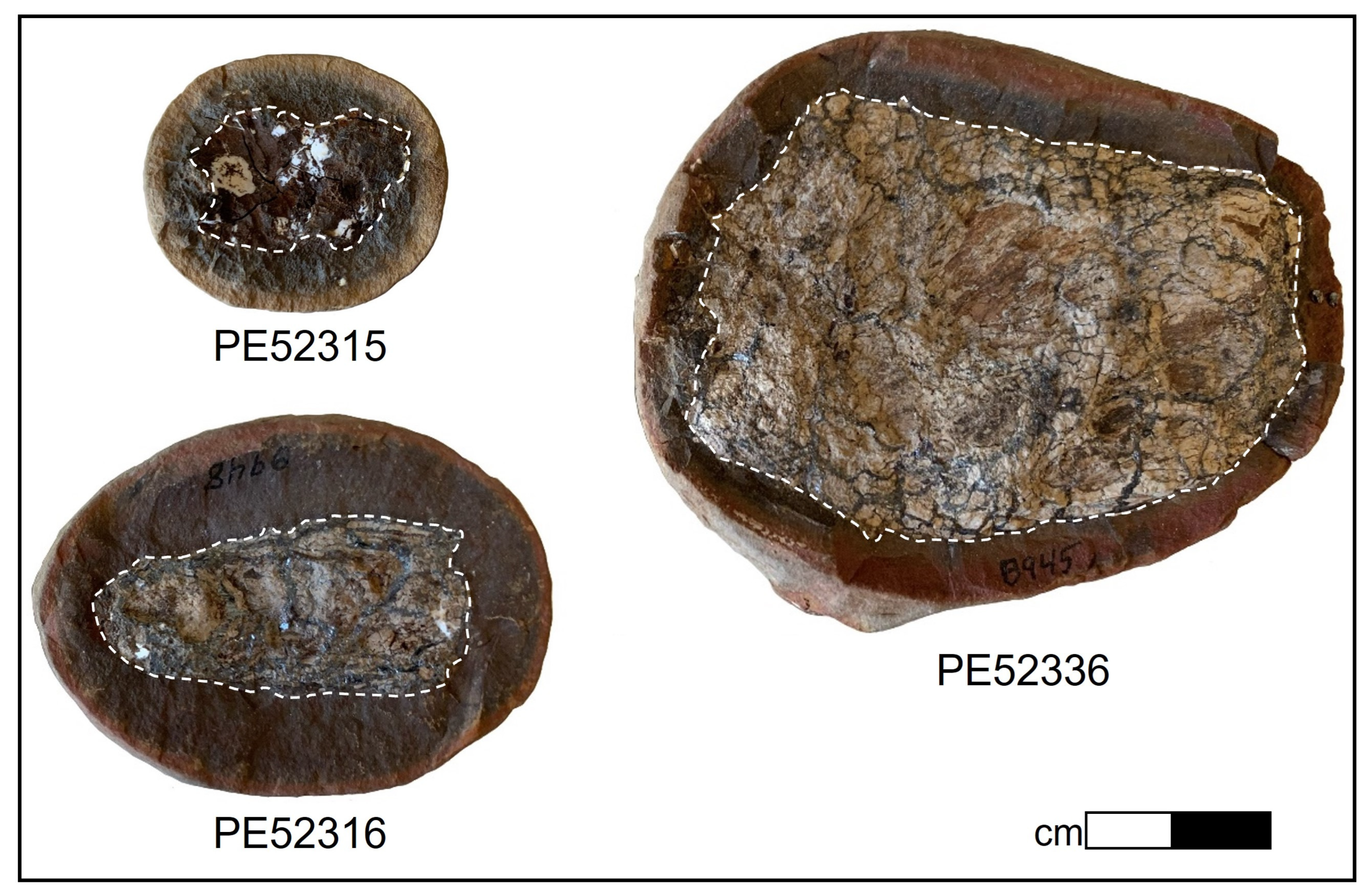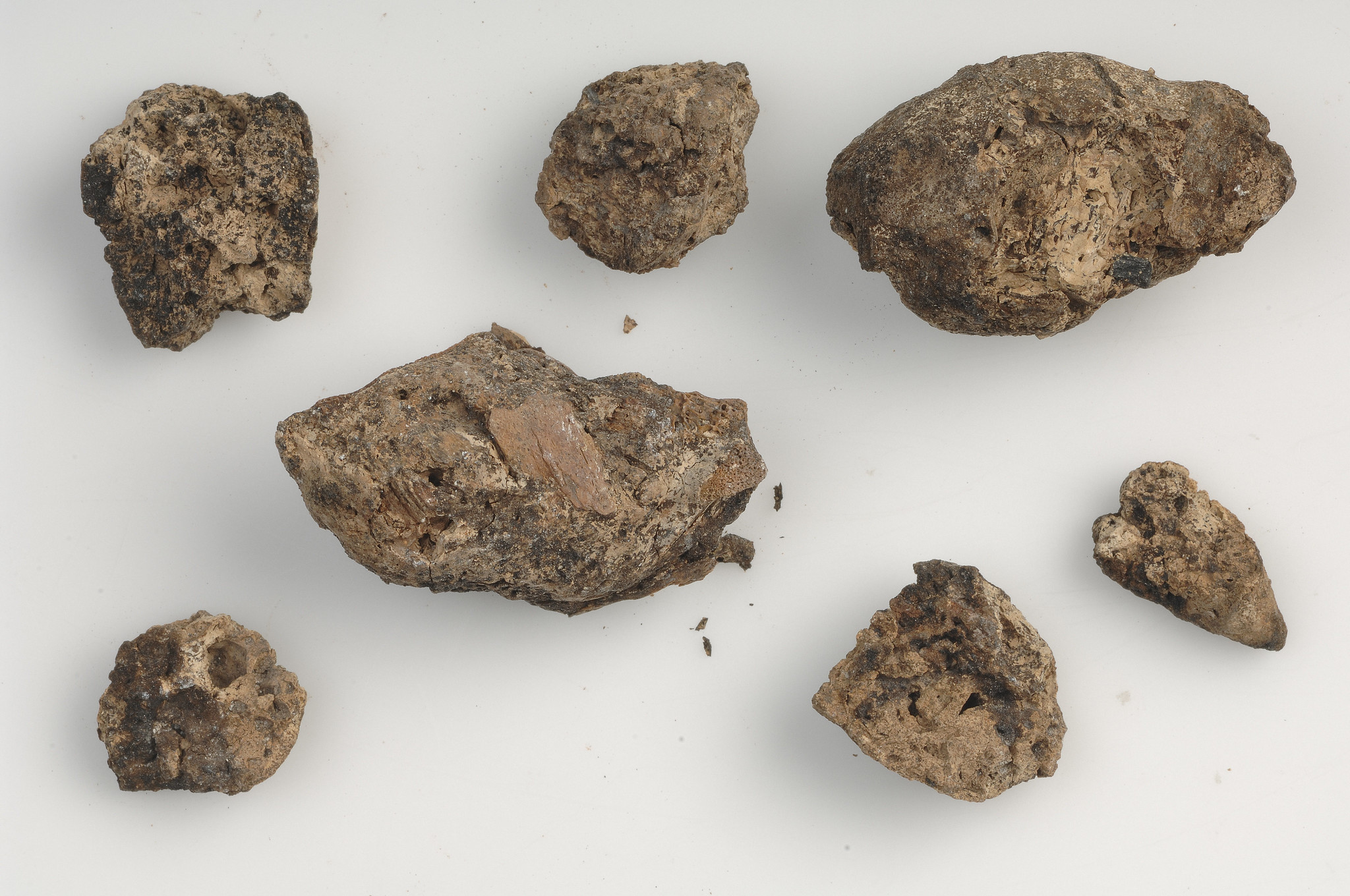What legacy would you like to leave for future generations? For a 300-million-year-old carnivore, it’s a fossilised poop.
Coprolites are fossils of animal faeces. They are valuable because they convey lots of information about how an animal lived – such as what they ate and how they fit into the food chain.
A recent study of three coprolite fossils showed the meat-heavy diet of an ancient animal.
The fossils are on display at the Chicago Field Museum, after they were originally discovered in a coal strip in Mazon Creek, Illinois.
Earlier researchers used plant fossils and sediment found at Mazon Creek to date the area by comparing samples to other sites around the world that had already been dated.
ELEMENTS OF EXCREMENT

The Carboniferous era spanned 359–200 million years ago.
Its name comes from the large deposits of coal that formed during this time. It was the era of the first amphibians, two metre-long millipedes and massive dragonflies.
The Western Australian Organic and Isotope Geochemistry Centre (WA-OIG) analysed the fossils’ molecular make-up.
“What we do is use the molecules that are preserved in rock to study fossils,” says Madison Tripp, a chemistry researcher at the WA-OIG.
She analysed the samples as part of Centre Director Kliti Grice’s ARC Laureate project. Kliti was named Scientist of the Year at the 2022 Premier’s Science Awards.
“As an organism decays, its molecules start to break down. [The molecules will be] rearranged into more stable products in the rock record for hundreds of millions of years.”
DNA has a half-life of 521 years, which means that half of the DNA in a sample is gone after that time. After 6.8 million years, every piece of DNA has decayed.
But many other organic molecules don’t decay. Instead, they begin the process of lithification to slowly transform into rocks.
“We know the concretions formed very rapidly by the nature of the preservation,” says Madison.
“If you have a soft organism, like a fish, that’s going to degrade very quickly. So the nature of the preservation tells us that these things were formed quickly before degradation could happen.”
that’s some deep sh*t
Each of the fossils showed a high level of cholesteroids, the molecules derived from cholesterol.
The team also found intact 5α-cholestan-3β-ol which are found in the droppings of animals (including humans) with a high-cholesterol diet. Animals produce lots of cholesterol while plants produce much less.
According to Madison, cholesterol is present in all animals. So when researchers find an “overwhelming abundance” in a fossilised poop, it’s an indication that the creator of the poop ate other animals.
Microbes in the gut convert the cholesterol to 5α-cholestan-3β-ol which is more stable than cholesterol. As a result, it can endure millions of years trapped in rock.
Deep beneath the ground, this doo-doo pre-dates all of human history. Being 60,000 times older than the pyramids of Giza, the scat of this ancient animal outlasted the dinosaurs and the rise and fall of civilisations.
That’s nothing to turn your nose up at.









